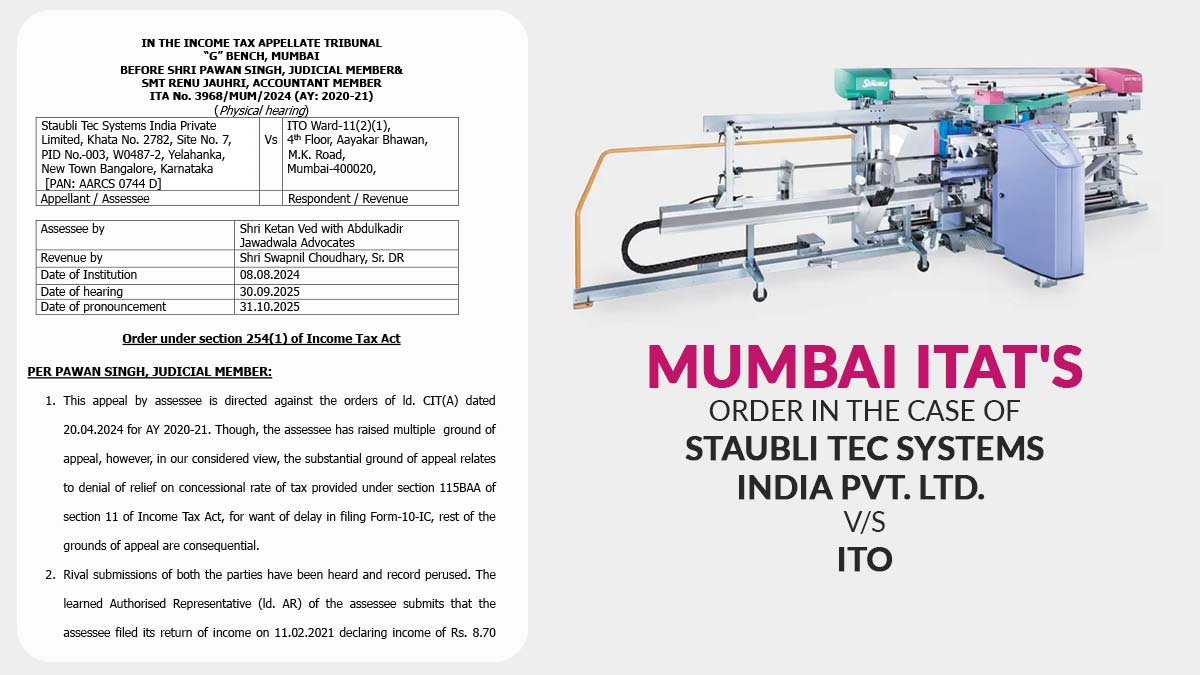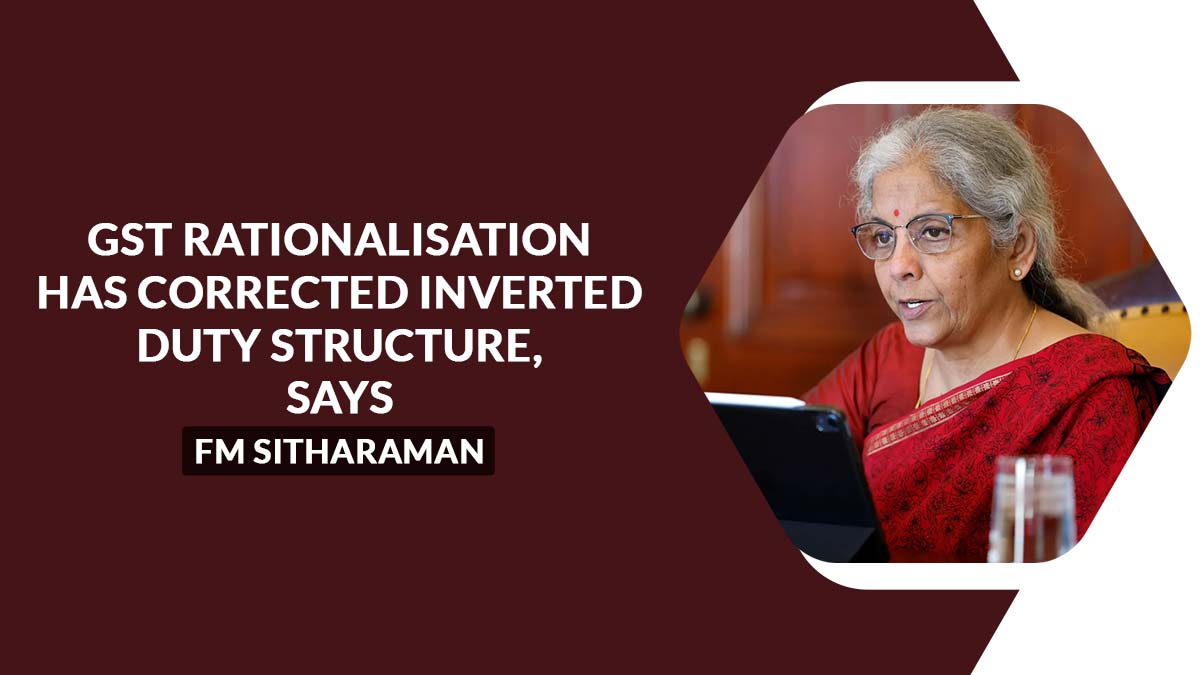
The number of income taxpayers in India surpasses 10 crore, showing an influential expansion in the tax base as per the updated time series data from the Central Board of Direct Taxes (CBDT). It exhibits a 98% rise over the past 10 years with the number of taxpayers rising from 5.26 crore at the finish of the AY 2013-14 to 10.41 crore by the end of AY 2023-24.
The increase in the tax is a key indicator of how tax revenues concerning with the economy have crossed the limit of 2 for the second time in 14 years. The rise in the tax recommends that the tax collections have risen at more than twice the rate of nominal Gross Domestic Product (GDP) growth, emphasizing the resilience of India’s revenue system.
Expanding The Tax Base
It was cited by the officials that this remarkable rise to the formalization of the Indian economy and an expanding tax base. “The formal sectors of the economy have grown, leading to an increase in employment and, consequently, more taxpayers. Even during the pandemic years, we saw a 10% increase in taxpayers,” marked by an official from the department. Over the last two years, there has been a growth rate ranging from 17% to 20%, fueled by new prospects for discovering potential taxpayers via data mining and analytics.
Read Also: Income Tax Slab Rates for FY 2023-24 (AY 2024-25)
The Income Tax Department’s emphasis on data analysis, particularly regarding significant consumption and spending trends, has assisted the field officers to more effectively determine potential taxpayers. This involves confirming high-end spending and significant transactions by gathering data in a non-invasive manner from sources such as hotels, luxury retailers, and healthcare providers.
ITR Filing Rises in FY24
Including the rise in the number of taxpayers, the number of ITR filers has also increased. over 8.09 crore income tax returns were filed in FY24, which represents a 144% rise compared to 3.31 crore filings in FY14. The increase shows the success of the efforts of the department in rectifying tax compliance in the country.
Tax Floating Returns to the 2+ Level
Tax buoyancy in FY24 exceeds 2 showing the significant stringent revenue growth even after the economic fluctuations. Tax buoyancy determined under the International Monetary Fund (IMF) as the ratio of percentage change in tax revenue to percentage change in GDP, is significant for tax policy planning. A higher buoyancy rate exhibits that tax collection in India has risen dynamically compared to its GDP showing the efficiency of the tax administration and policy adjustments of the country.
Closure: The increasing number of taxpayers in India, bolstered by improved compliance efforts and effective tax governance, signifies the nation’s advancement towards a more structured economy. The growth in tax buoyancy further emphasizes the sensitivity of tax revenues to economic expansion, reinforcing India’s tax policy framework for future stability.









